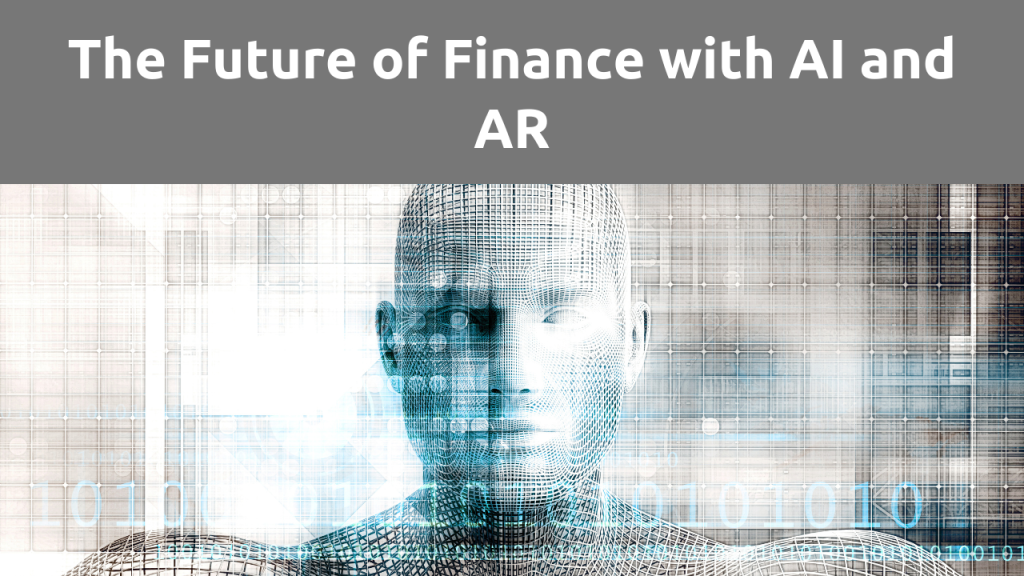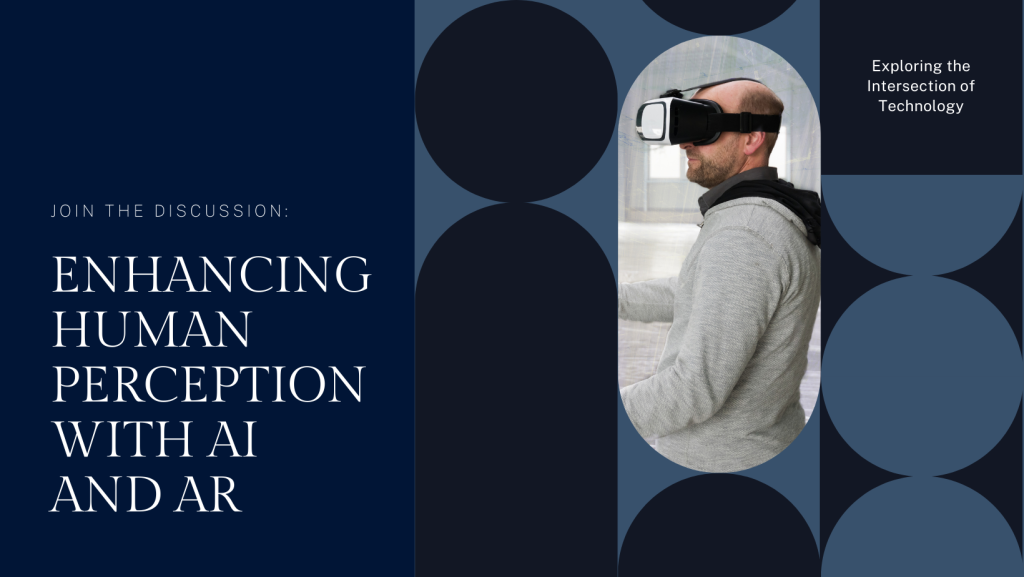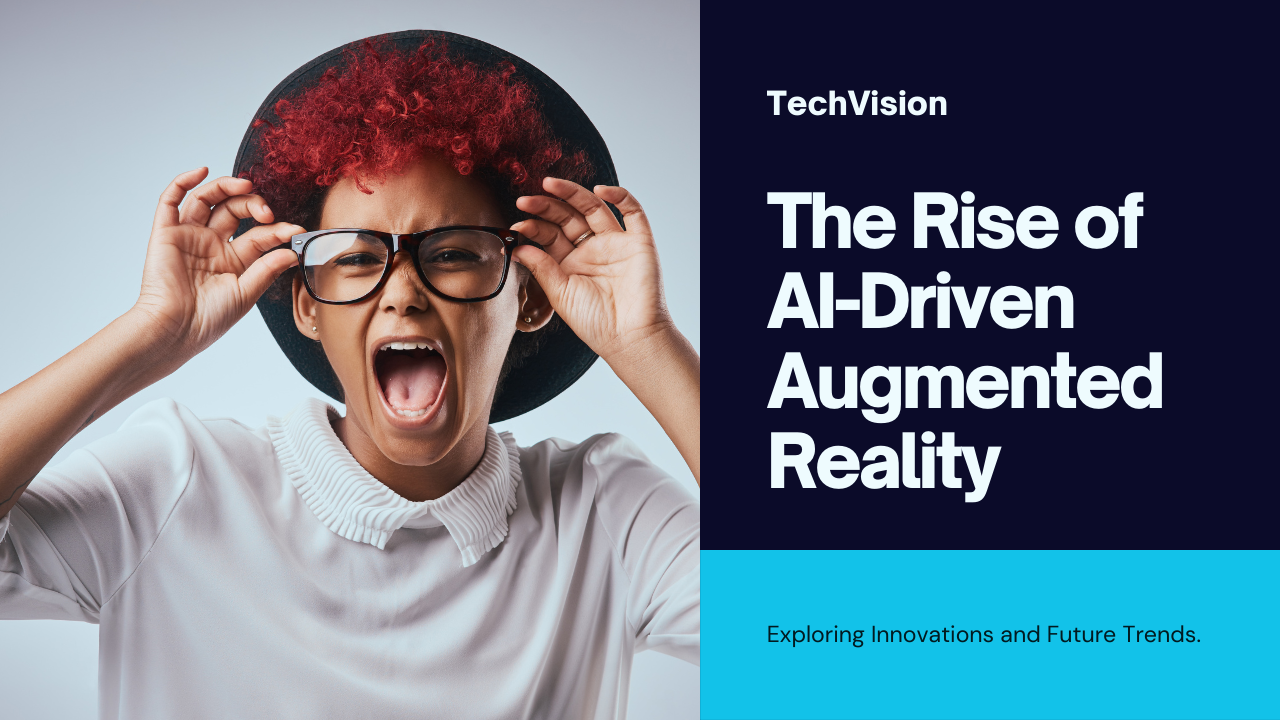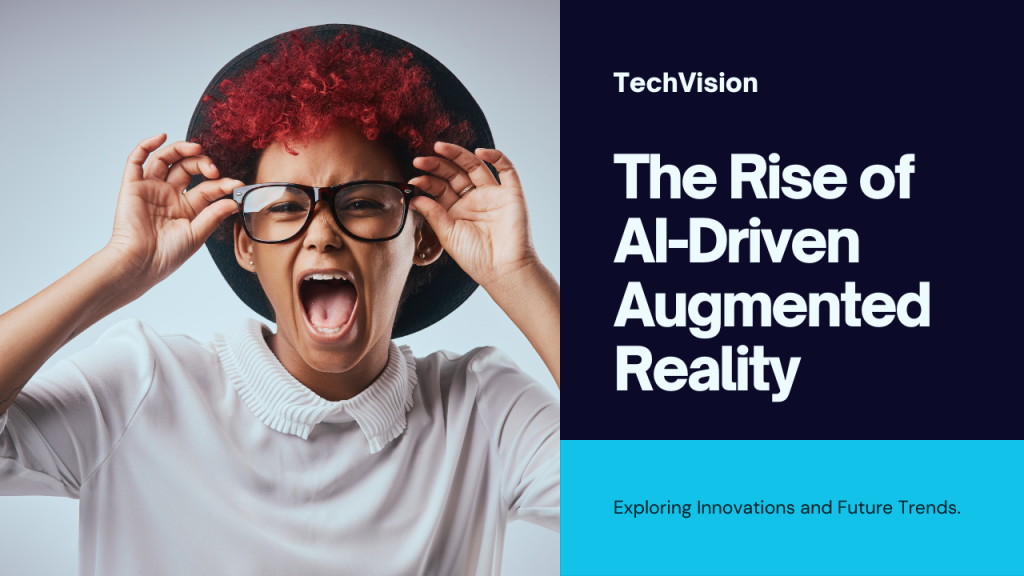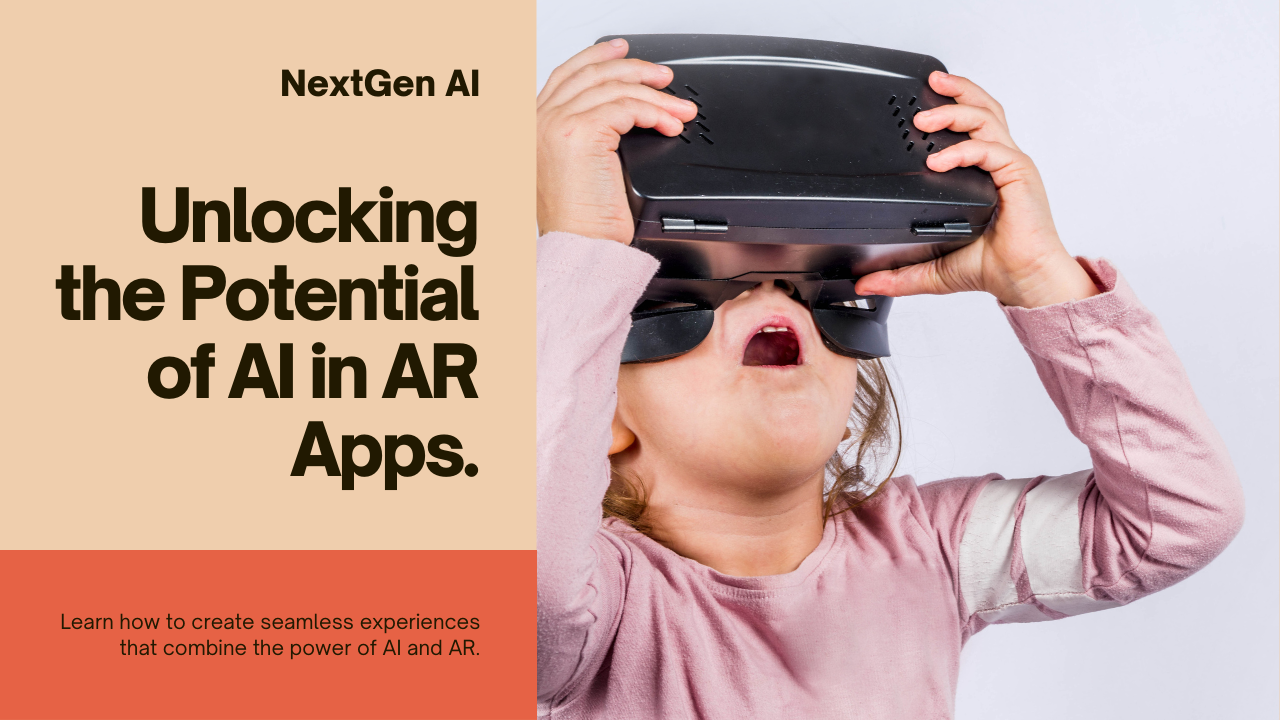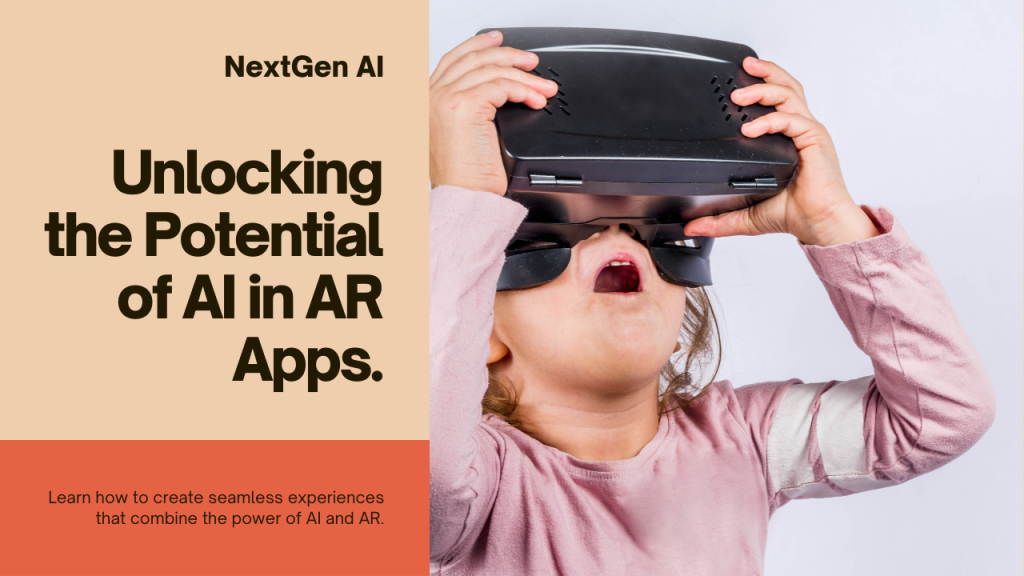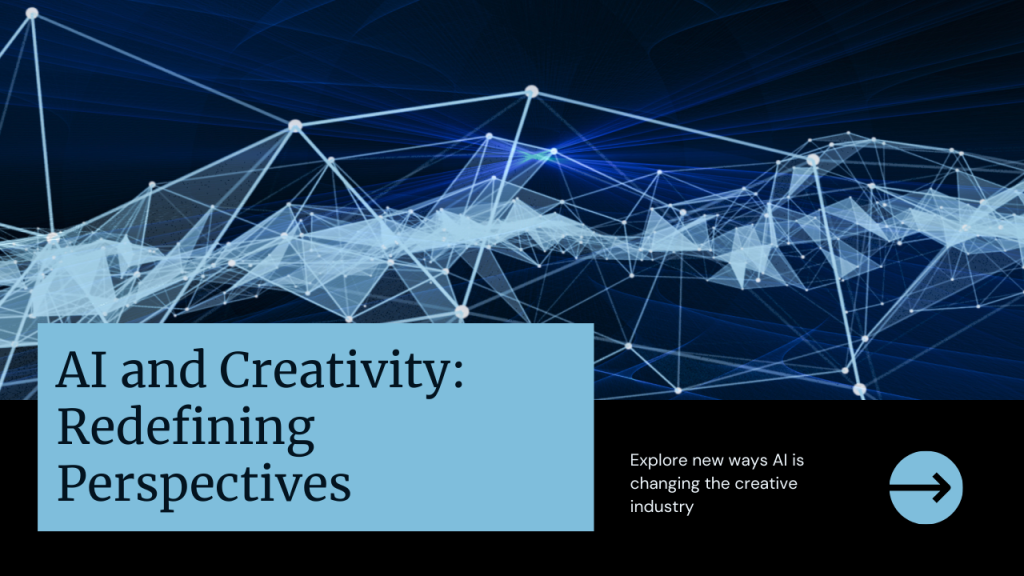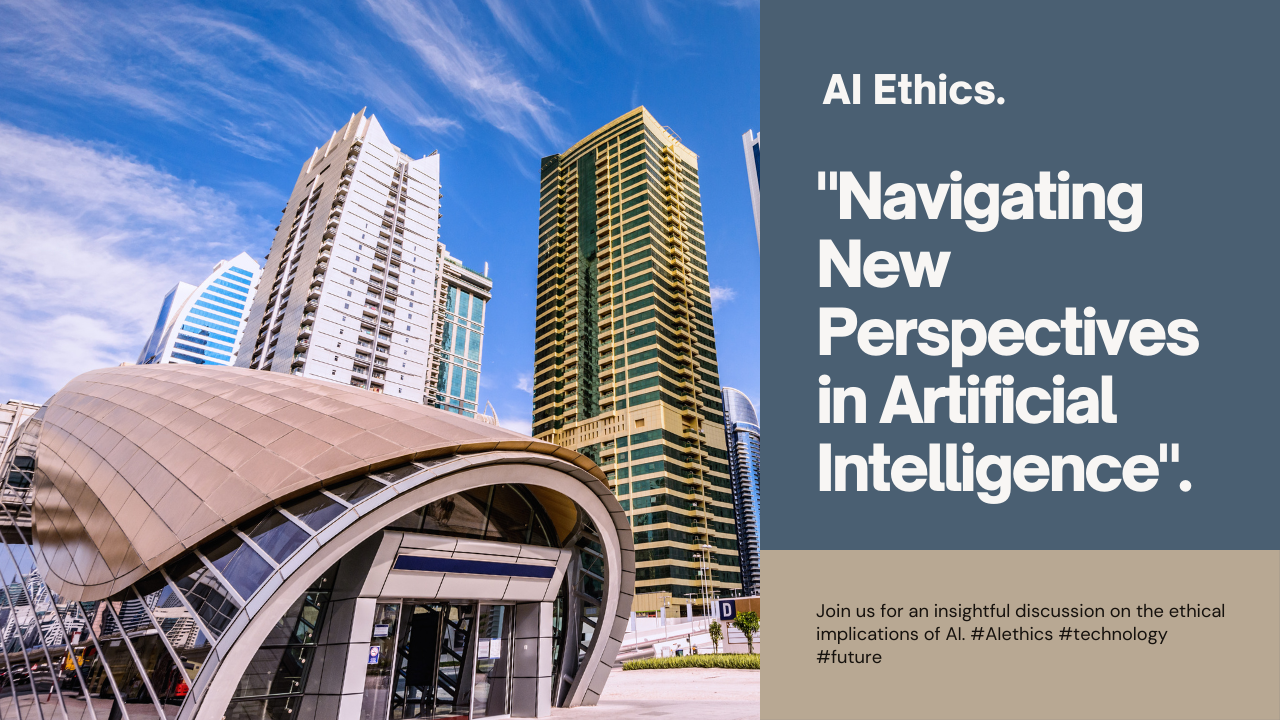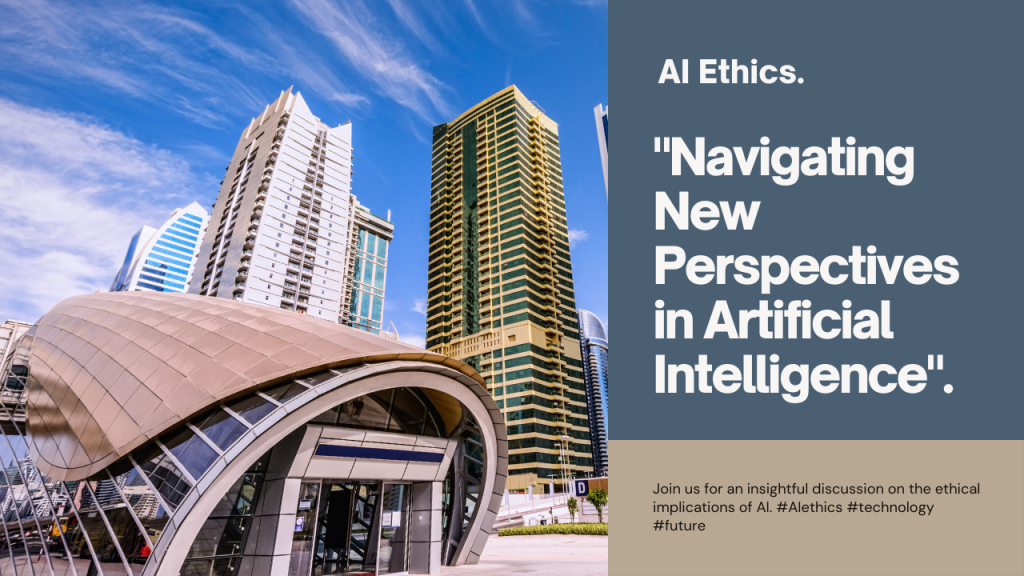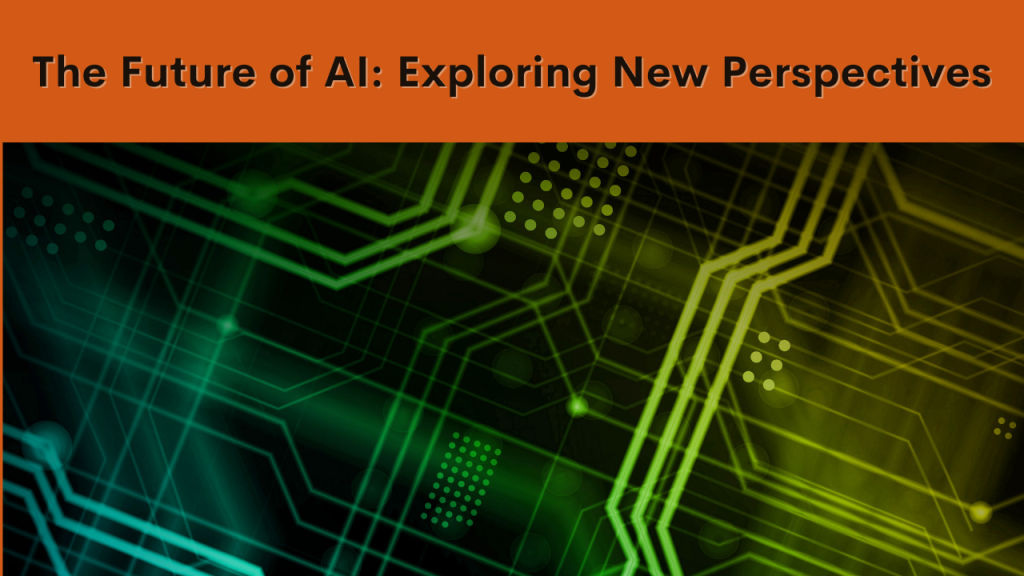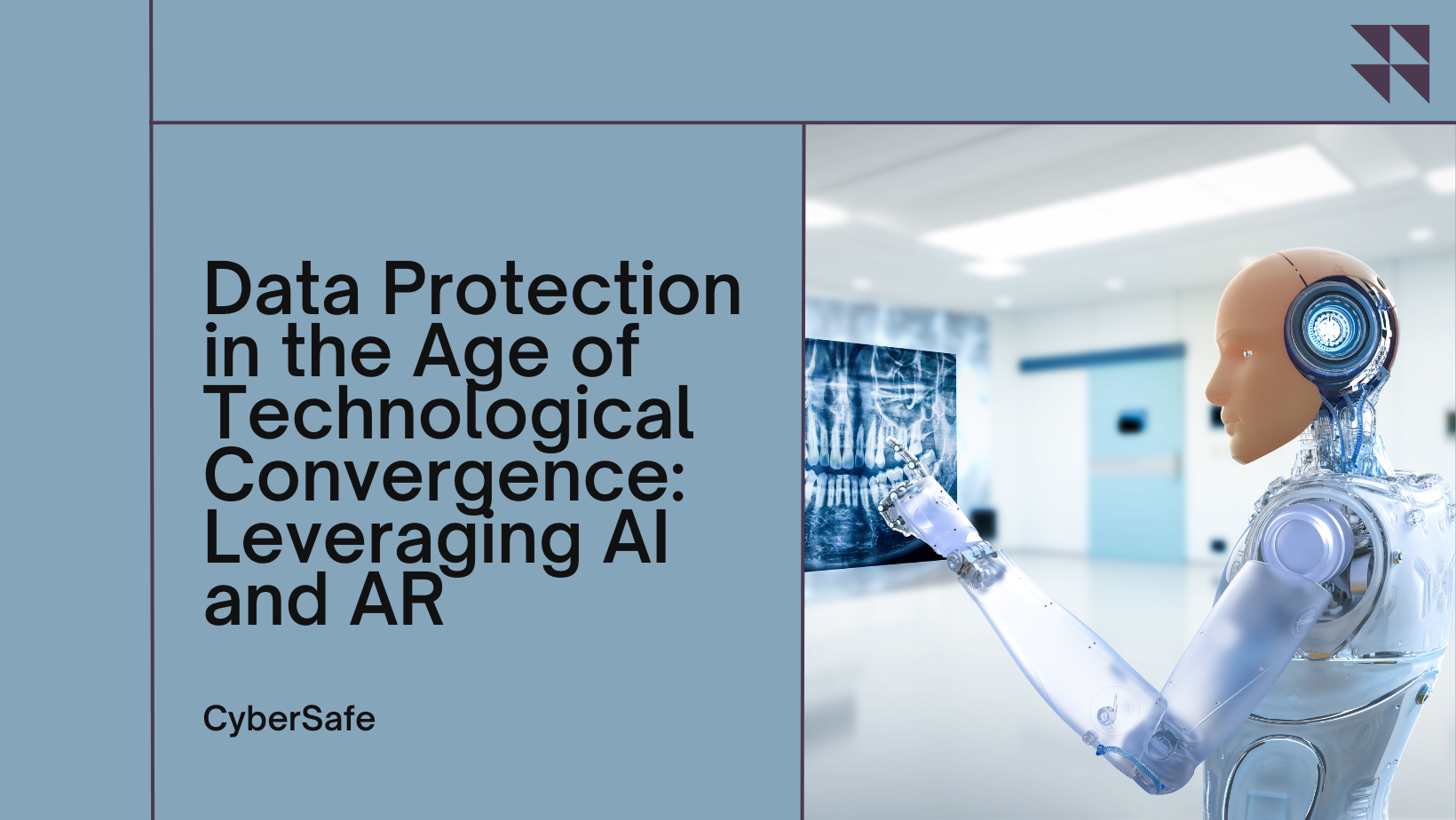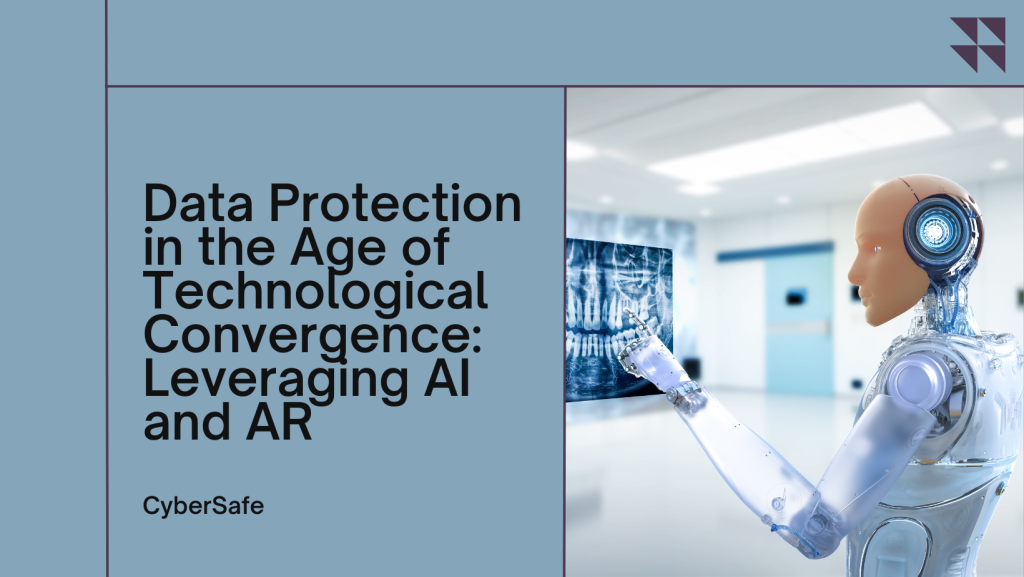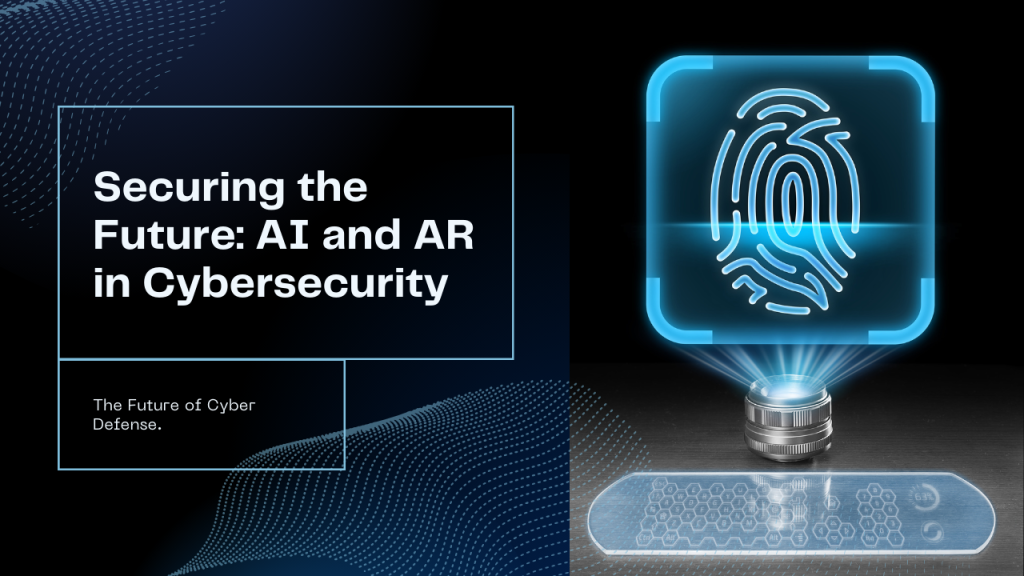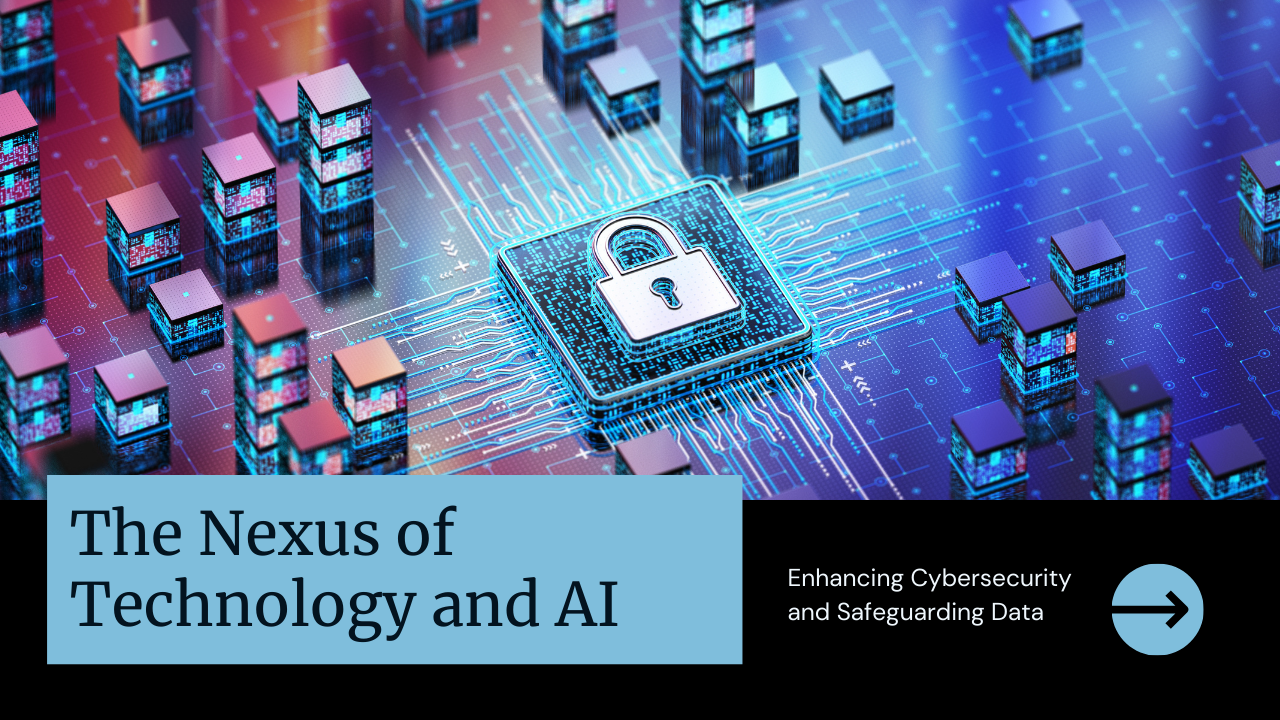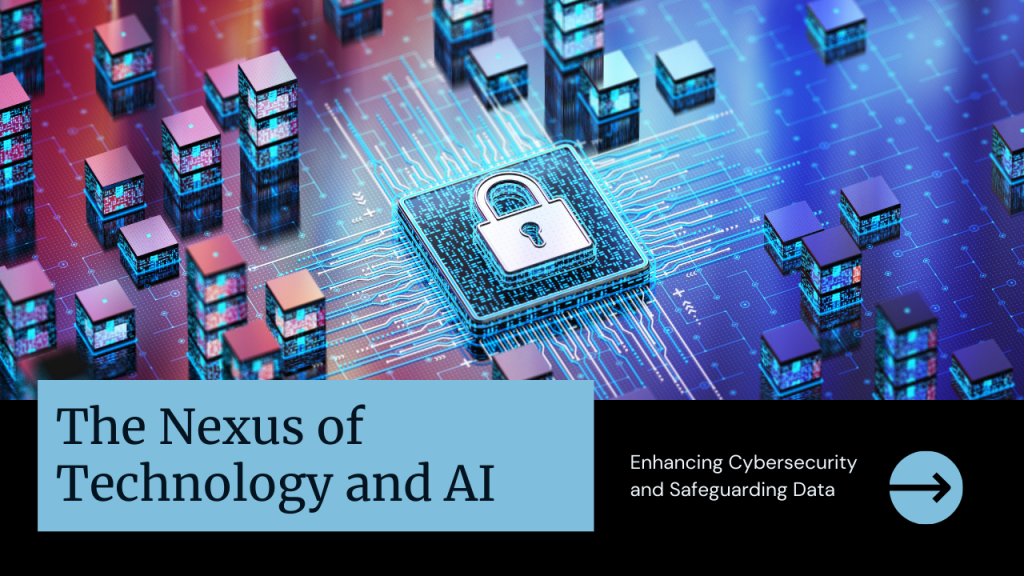The financial industry is undergoing a revolution thanks to augmented reality (AR) and artificial intelligence (AI), which are providing previously unheard-of chances for efficiency and creativity. These technologies are transforming the way that transactions are carried out and handled in the world of cryptocurrencies, especially with regard to Bitcoin and other digital assets.
Large volumes of financial data are being analyzed by AI-powered algorithms, allowing traders and investors to make wise decisions instantly. With the use of machine learning algorithms, traders may more accurately anticipate changes in price by seeing patterns and trends in market activity. Given the fast and unpredictable nature of market movements in the volatile realm of cryptocurrencies, this prediction skill is extremely significant.
The financial sector is also noticing the effects of augmented reality, which provides immersive experiences that improve decision-making. Through the use of AR applications, users may see intricate financial data in three dimensions, which enhances their comprehension of investment prospects and market dynamics. Through the use of augmented reality (AR), investors can, for instance, overlay real-time market data onto their surroundings to quickly monitor portfolio performance.
AI and AR together have enormous potential to transform finance in the future by providing new means of engaging with and comprehending financial markets. We may anticipate even more integration into the cryptocurrency space as these technologies advance, allowing for quicker, safer, and more transparent transactions.
